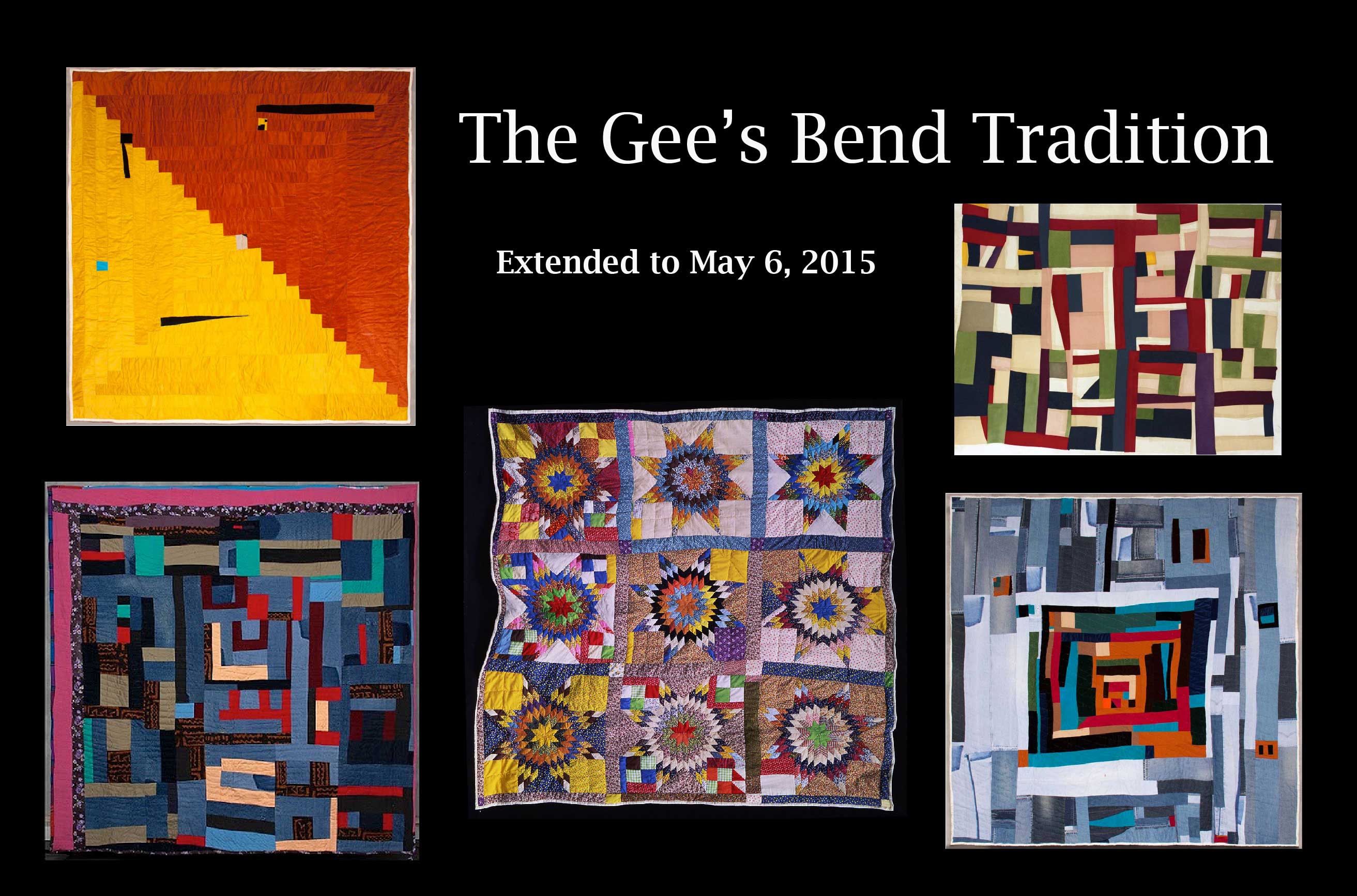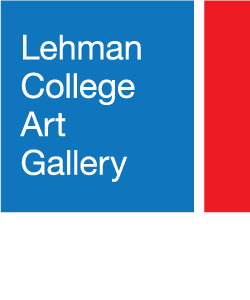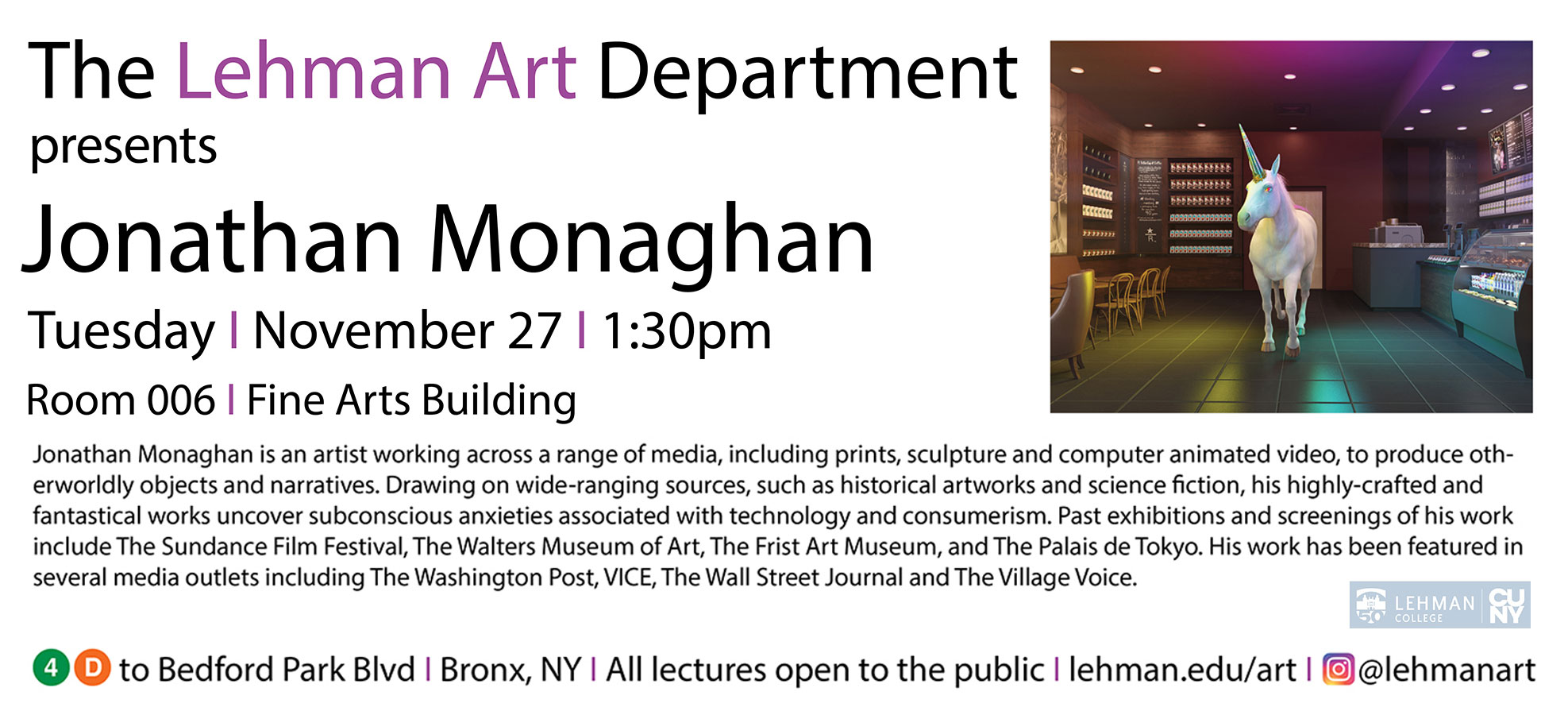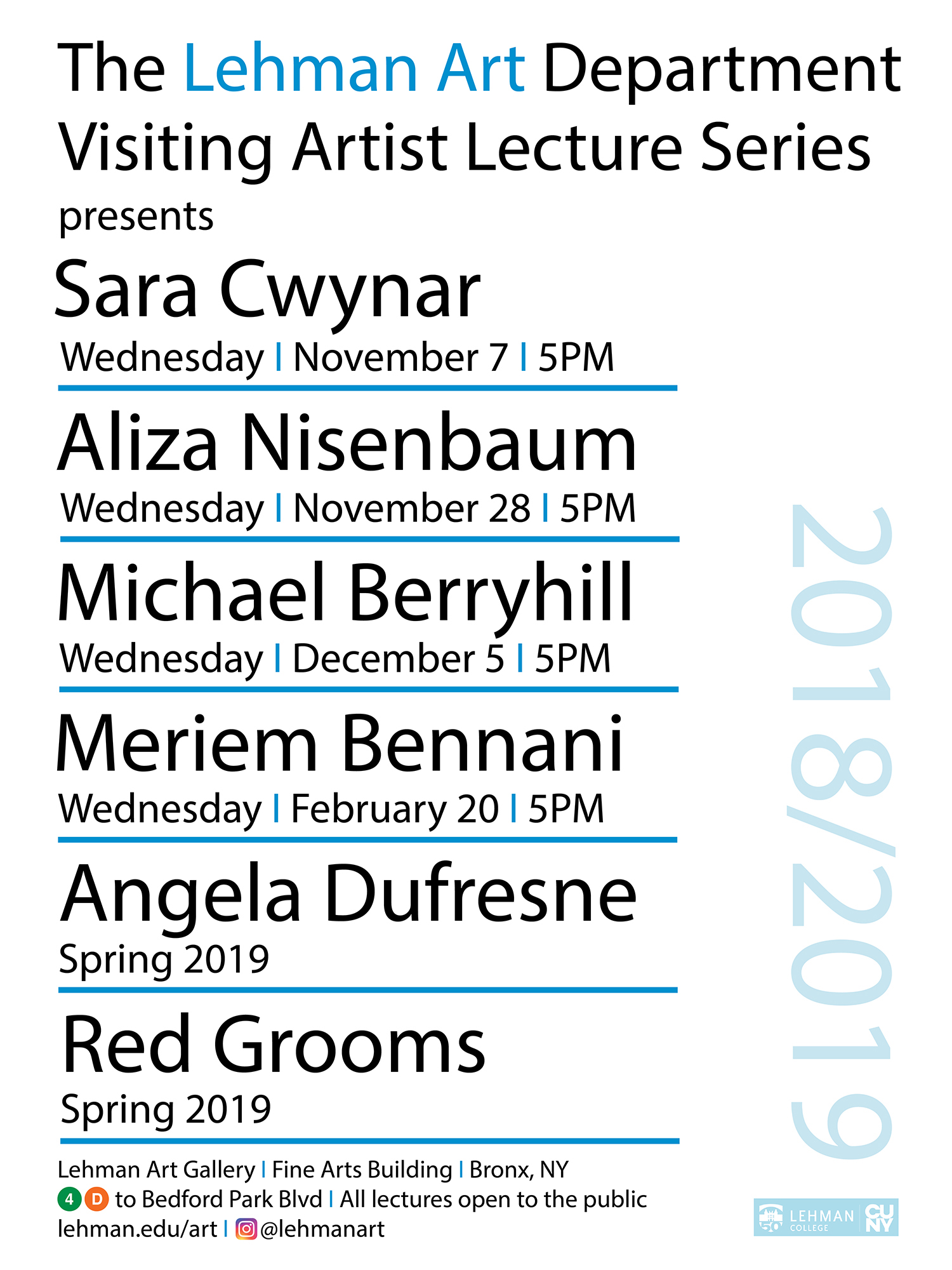The Gee’s Bend Tradition
Louisiana Bendolph, Mary Lee Bendolph, Loretta Bennett, Leola Pettway, Loretta Pettway, Qunnie Pettway, and Tinnie Pettway
Gee’s Bend is a rural, predominantly African American community southwest of Selma, Alabama, located on a peninsula created by dramatic bends in the Alabama River. This exhibition examines the ongoing aesthetic practice of artists rooted in the Gee’s Bend tradition. The quilters of Gee’s Bend are known for the commanding visual presence of their work. The compositions vary widely from minimalist constructions to intricately pieced geometries—often with unpredictable sequences of patterns, bold colors, and a fearless resistance to rigid grids. For many, their inventive improvisations suggest jazz riffs and bring to mind the innovations of 20th century modernism.
It is assumed that the Gee’s Bend quilting tradition dates to the 19th century with the earliest known quilts from the 1920s and 30s. Historically, the women pieced their quilts together from discarded clothing, salvaged work clothes, or found fabrics such as feed sacks, out of a pragmatic need to keep their families warm in unheated houses. Additional warmth came from the batting or filling between the top and back layers. Traditionally this was made from raw cotton that was beaten by hand to clean out the seeds and make it fluffy. Today this layer might be a synthetic material. While the contemporary quilters are able to choose from a range of fabrics, there is often a preference for used material, which once would have come from family and friends and today may come from thrift shops. Sometimes faded, frayed, or stained, these fabrics come with a sense of the past and the person who used them, stirring memories and associations. They are an aesthetic choice and selected, in part, for their role in the Gee’s Bend tradition.
Through the years the women have worked both individually and collectively, creating the quilt top individually and sometimes working together to stitch the layers for the final piece. Some of the quilters begin to work directly with the fabric; others sketch first. Most of the more recent quilts were conceived with the understanding that they will hang vertically on a wall, having more in common with a painting than a bed covering. Popular Gee’s Bend patterns—housetop, lazy gal, star, and bricklayer— are well represented in the exhibition and provide a starting point from which the quilters invent and improvise. The Gee’s Bend Tradition, organized by Lehman College Art Gallery and curated by Susan Hoeltzel, includes fourteen contemporary quilts and eight limited edition etchings.
Both Leola Pettway and Qunnie Pettway belonged to the Freedom Quilting Bee for many years. (The Freedom Quilting Bee, organized as a cooperative in 1966, began as an outgrowth of the Civil Rights Movement – more below.) Like many of the cooperative’s quilters, both women continued to create their own quilts apart from their work with the Bee. Leola Pettway’s Star of Bethlehem with Satellite Stars Quilt, 1991, is dominated by a large central star that extends out to the edges of the quilt. It’s satellite stars are created with a free mixing of patterns and colors, setting up expectations then changing the plan. The central star is made up of small diamond shapes, juxtaposing complementary colors and darks and lights. It is a dynamic, optically charged pattern that seems to pulsate—and make the room start to move.
Qunnie Pettway’s Four House Top Blocks, 2004, uses one of Gee’s Bend’s most popular patterns, “housetop,” a variation of “log cabin,” constructed with concentric squares. In 1972, the Freedom Quilting Bee entered a long-term contract with Sears to produce corduroy pillow shams. The discarded scraps provided a new source of fabric for the quilters, and are still a part of the Gee’s Bend quilter’s lexicon. In Qunnie Pettway’s quilt, four large “housetop” squares made of corduroy in muted tones form a center medallion. It is framed by a border of rectangles, creating a strong sense of symmetry, interrupted only by an unexpected shape and color.
Eye popping, lime green rectangles appear to phosphoresce against the gray and black background of Mary Lee Bendolph’s Q-Bar, 2003. The title of the quilt is a reference to QR codes, the digital scans used to connect to online information. The staggered, black and white QR patterns and the syncopated rhythm of the quilt have much in common. Another Bendolph work, Camo, 2005, is a quilt in the work clothes tradition, incorporating camouflage fabric, recycled jeans, and green and beige swatches that are the color of army fatigues. Rows of broad topstitching—the type seen joining remnants or at the end of a bolt of cloth—embellish the quilt. The fabrics suggest both the military and pop culture textiles.
Loretta Bennett’s Wrapped in Denim, 2014, seems to begin in the middle and move out. Starting with small swatches of fabric—in bold reds, rust, turquoise, and the blues of faded denim—it is a complex composition in which the pieces are balanced and counterbalanced. It expands into ever widening rectangles, meandering as it goes. The denims offer an inventory of wear and tear, with frayed edges and colorful under layers that serve as patches. Bennett’s Log Cabin with Cracks, 2014, surprises with its simplicity. Gold and rust corduroy areas divide the quilt diagonally. (The fabric is from a bundle of scraps that came from the Freedom Quilting Bee’s Sears contract, many years earlier.) Several slender shapes interrupt the fields of color and one small turquoise square acts as a counterpoise, igniting the composition.
Tinnie Dell Pettway often starts by making smaller blocks and joining them together. Gee’s Bend Tradition, 2009, includes many different fabrics, solids and patterned, primarily in reds, white, and blues. With a center square of blue jean fabric with its pocket left in place, the composition radiates out to a border of horizontal and vertical strips. The juxtaposition of colors and shifts in scale make shapes in the quilt pop.
In 2005, four of the quilters—Louisiana Bendolph, Mary Lee Bendolph, Loretta Bennett, and Loretta Pettway—began producing limited edition etchings in collaboration with master printers at Paulson Bott Press in Berkeley, California. The collaboration offered them the opportunity to translate their designs into a new medium—transposing compositional elements from fabric to ink on paper, adjusting to the change of scale, and learning a new process. For the viewer it offers a chance to see the quilt compositions distilled into a formalist abstraction.
For the quilters the printmaking process began with a sewing machine on which they created small, fabric maquettes that served as studies for the etchings. Using the soft ground technique, the maquette was placed face down on a copper plate coated with beeswax and run through the press to produce an impression. Next it was etched with acid, a technique that details the layout and surface of the maquette, capturing the stitches, seams, and fabric textures of a quilt. The painterly, watercolor effect of the prints is achieved using the spit bite aquatint method. Multiple plates were printed to achieve the rich range of color.
Included in the exhibition is the maquette created by Mary Lee Bendolph for her softground aquatint, Get Ready, 2006. It gives a good sense of the translation of quilt to print in terms of its composition and colors. It also offers a chance to compare how the fabric texture, the seams, and stray threads appear in the etching.
Loretta Pettway’s, Lazy Gal, 2006, a softground spitbite aquatint and hardground etching, interprets the minimalist stripes of this popular Gee’s Bend pattern. (The pattern gets its name from the straightforward, simplicity of joining the large strips of fabric.) Its uneven bottom edge is a reminder of the characteristic irregularity of some of the quilts, particularly when they hang on a wall. The print conveys the look of faded denim in a range of blues and the texture of the beige corduroy. Bright red rectangles punctuate the composition.
Loretta Bennett’s No Way, No Way, 2006, a softground spitbite aquatint etching, offers a frenetic assembly of geometric shapes in red and black. Three triangular shapes in light yellow move out from the background. With nothing quite square, the diagonals and triangles shift the balance and stir the mix. The title is Bennett’s first response to the to the idea being able to produce quilts that would someday be seen in museums, after seeing the work of her relatives in the exhibition, the Quilts of Gee’s Bend in Houston in 2002.
The red, white and blue shapes of Louisiana Bendolph’s American Housetop (For the Arnetts), 2005, a color aquatint etching, looks like a “housetop” pattern that has been blown apart and reconfigured. (Cutting apart and rearranging shapes is a compositional device that Bendolph sometimes uses.) It is an animated design that feels as though it moves out from the center. Its tones have the transparency of a watercolor and give the appearance of seams, overlapping layers of fabric, and even the suggestion of a stain.
The Gee’s Bend quilting tradition is still evolving and taking new forms. Later this year a large-scale public art project by Louisiana Bendolph’s will be installed in Terminal 3 of the San Francisco International Airport. The 9 x 16 foot ceramic tile work made up of 6 x 6 inch tiles, is based on one of her prints, New Generation. With each translation to a new medium, compositions are adjusted and adapted with new issues and implications. The constant is the exuberance and originality of each quilter, weighing the past with the innovations of the present.
The History
The community has its historic roots in the North Carolina plantations of the Gee family who found land in Alabama for a cotton plantation in 1816, and later was owned by their relatives the Pettways. Many of the current residents are descendants of the slaves who were brought to the plantation that once occupied the site. Following emancipation, many kept the Pettway name and they stayed on the land as sharecroppers and tenant farmers, a hard life dependent on the variables of high interest rates, crop failure, and market prices. The community suffered a devastating blow in the 1930s when one of the creditors died and his family collected on the debt by taking farm animals, tools, seeds, and food, leaving the community destitute. The Red Cross assisted and the federal government arranged to buy the land and resell it to the residents. The government also built approximately one hundred “Roosevelt” houses along with a school, a store, a clinic, and other buildings. The purchase allowed those living in Gee’s Bend to own the land that they had worked for so long and rooted them to the community for many years to come.
During this period the photographers Arthur Rothstein and Marion Post Wolcott documented the hardships of rural life in American communities for the Farm Security Administration/Office of War Information. Both spent time in Gee’s Bend—Rothstein in 1937 and Wolcott in 1939, the latter also documenting the tangible effects of New Deal programs. (The exhibition includes a small installation of photographs of Gee’s Bend from this period. In Sewing a Quilt by Arthur Rothstein, Lucy Mooney and granddaughters Lucy P. Pettway and Bertha Pettway are shown working on a quilt.) Robert Sonkin, a speech professor from City College, CUNY, made audio recordings of gospel music, conducted interviews, and documented meetings in Gee’s Bend in 1941 for the Library of Congress.
For many years Gee’s Bend (officially known as Boykin since 1949) remained relatively isolated by its geography, one of the factors said to contribute to the unique quilting style. The community was never out of touch with the outside world—despite its location, dirt roads until 1967, and a ferry to Camden, the county seat, that was ended to impede voter registration. (Note: the ferry restarted 44 years later in 2006.) Martin Luther King visited Wilcox County and spoke at the Pleasant Grove Baptist Church in Gee’s Bend in 1965. Members of the community were active in the Civil Rights Movement, took part in the Selma marches, and registered to vote in Camden.
The quilters first came to the attention of the art world and a broader public in the mid-1960s with the founding of the Freedom Quilting Bee, a cooperative in the neighboring town of Rehoboth (now Alberta). The project began as an outgrowth of the Civil Rights Movement to raise funds. The Rev. Francis X. Walter, an Episcopal priest working in the area to document civil rights abuses, saw the unique quilts hanging on a clothesline while driving and realized their possibilities. The Freedom Quilting Bee was organized as a cooperative in 1966 with Estelle Witherspoon as the president. There were auctions of the quilts in New York; editor Diana Vreeland promoted them in Vogue magazine; and Bloomingdales, Bonwit Teller, and Saks Fifth Avenue carried them in their stores. Lee Krasner, who visited Gee’s Bend while in Alabama in 1967 for an exhibition of her paintings at the University of Alabama, bought quilts and spoke to curators at the Metropolitan Museum about them. With large orders coming in, the production process of the Bee changed and the need to standardize became a necessity. The Bee limited the number of designs produced and eliminated one-of-a-kind quilts.
More recently, major tours of museums nationwide brought the quilters of Gee’s Bend to the attention of the public once again. Folk art collector William Arnett had come to the area, Rehoboth and Gee’s Bend, in 1998, in search of quilts after seeing Roland Freeman’s photograph of Annie Mae Young and her great-granddaughter Shaquetta standing next to quilts draped over a woodpile, in Freeman’s book, A Communion of the Spirits: African-American Quilters, Preservers, and their Stories. Arnett acquired hundreds of quilts, and in 2002, seventy of them were featured in the exhibition, The Quilts of Gee’s Bend. Organized by the Houston Museum of Fine Arts, the tour included the Whitney Museum of American Art, Corcoran Gallery of Art, Washington, D.C., and the de Young Museum, San Francisco, among many other venues. The quilts were hailed as extraordinary works of abstract art. In 2006, it was followed by a second exhibition, Gee’s Bend: The Architecture of the Quilt, the same year Gee’s Bend quilts were featured as part of the American Treasures postage stamps series, highlighting American masters. The contemporary quilters have the advantage of seeing a history of quilting in Gee’s Bend from the exhibition catalogues. This knowledge offers a perspective on the past and a reservoir from which to draw for future experimentation and reference. The exhibition catalogues also frame the issues and define the history of Gee’s Bend from a particular point of view. In the fall of 2014, twenty Gee’s Bend quilts were donated to the Metropolitan Museum of Art by the Souls Grown Deep Foundation from its William S. Arnett Collection, allowing the Metropolitan to represent this important quilting tradition in their collection, and further establishing the quilters as part of the art historical canon.
While many raised in Gee’s Bend have moved away, it is a cohesive but smaller community—275 people in the last census. In the middle of town, the Gee’s Bend Quilters Collective, a group of about 40 members, offers work for sale in a building lined with shelves of quilts from floor to ceiling. Among the artists are Lucy Mingo, China Pettway, Florine Smith, Ruth Kennedy, Lola Pettway, Alonzia Pettway, Mary Ann Pettway, Stella Pettway, Mary M. Pettway, Ollie Pettway, and Nancy Pettway.
Susan Hoeltzel



